Continuous casting technology is being used more and more in iron and steel enterprises. In production, the requirements for water quality are different. A water quality analyzer is required during the process. This article describes how the water quality analyzer is used in the continuous casting process.
With the development of steel production, continuous casting technology has been increasingly adopted by iron and steel enterprises, and the continuous casting ratio in China has risen by a large margin. The continuous casting process eliminates the steps of die casting and initial rolling, and the molten steel flows directly into the crystallizer of the continuous casting machine, which cools the liquid metal sharply. The steel billet drawn from the rear of the crystallizer enters the secondary cooling zone, secondary cooling zone It consists of roller table and water spray cooling equipment. The main water processes in continuous casting production include crystallizer cooling water, equipment indirect cooling water, casting blanks and equipment spraying water. Table 1 shows the requirements for water quality of each process.

Continuous casting circulating water can be divided into clean ring water and turbid ring water. The clean water system mainly supplies water for crystallizers and indirect cooling of equipment. After use, the water temperature rises and the water quality is not contaminated. It is mainly used for temperature reduction, concentration rate management, and stable water quality. Turbid ring water is mainly used for equipment and casting billet spray cooling, cutting slag granulation water and iron oxide scale water. After use, the water temperature rises and the water quality is polluted. The water contains a large amount of iron scale particles and a small amount of oil. In addition to the water used to wash the scale (the water quality and water temperature are low), it can be recycled after the first-level precipitation. The remaining water is generally recycled after the second-level precipitation, filtration, degreasing, and cooling.
Instrument application in clean-loop cooling water
Due to the high water quality requirements for clean circulating water, softened water is generally used, and the problem of stable water quality must be dealt with. The speed of soft water corrosion after hardening is accelerated. If the water hardness and alkalinity are small, industrial water can also be used. Table 2 is the control index of circulating cooling water in a continuous casting mold of a large steel plant.

Because the hardness and alkalinity of the clean ring water are low, it is easy to adsorb the cations on the surface of the crystallizer, so it is easy to cause corrosion during the circulation process. In addition, the water temperature near the molten steel of the crystallizer is as high as 100 ~ 150 ° C, which easily causes scaling and affects the heat transfer of the crystallizer, resulting in the molten steel unable to form a greater strength embryo shell, resulting in waste embryos or defective embryos. Therefore, ensuring the quality of the clean water is the necessary condition to ensure the production of qualified casting embryos. According to the above control indicators, the online water quality analysis instruments that can be used in continuous casting pure ring water are shown in Table 3.

Instrument application in turbid ring cooling water
Turbid ring water refers to the direct cooling water of equipment and products mainly refers to the waste water generated in the secondary cooling zone. A large number of nozzles spray water to the billet pulled by the pull roller to further cool and solidify the billet. This water is contaminated by heat and has iron oxide scale and grease. The water consumption per ton of steel in the secondary cooling zone is generally 0.5 ~ 0.8m3. Containing iron oxide scale, oil and other impurities and high water temperature are the characteristics of secondary cooling water. The continuous casting machine has higher requirements for turbid ring water, especially secondary spraying and equipment spray cooling. The suspended water content in the cooling water is required to be less than 20 ~ 50mg / L, and the nozzle diameter is generally less than 2mm. Therefore, is the choice of water treatment process reasonable? Directly affect the normal production of continuous casting. The main purpose of turbid circulating water treatment is turbidity removal, oil removal, temperature reduction and concentration rate management. Turbidity removal is mainly to remove the scale produced in the production process, which generally accounts for 0.2% to 0.5% of the output of the slab; the main means of turbidity removal is precipitation and filtration.
The turbid circulating water treatment process generally has the following scheme:
The secondary water treatment plan, that is, one time precipitation and filtration, one time iron pits need to remove the iron scale more than 0.2mm, the suspended matter content in the treated water is not more than 60mg / L, which can be used to cool the iron scale and equipment directly. Although the secondary iron sheet sedimentation tank and corresponding facilities can be omitted, the primary iron sheet pit has a large volume, deep structures, difficult construction, and high cost, so it is generally seldom used.
Three-stage water treatment program, that is, primary precipitation, secondary precipitation and filtration. The primary iron pit needs to remove the iron scale above 0.5mm, and the effluent suspended matter content is less than 150mg / L, which can be used to wash the iron scale water and ensure that the water supply pump is not severely worn. Therefore, the primary iron pit has a small volume and low cost. The secondary sedimentation usually adopts an advection sedimentation tank, which requires the removal of iron oxide skin of more than 0.2mm, and the suspended solids in the effluent is less than 60mg / L. It is generally an above-ground structure, which is convenient for construction and production management, and has a degreasing and scraping support Equipment, so three-stage water treatment process is widely used in continuous casting turbid circulating water system.
According to the above characteristics and processing flow of turbid ring water, the available online water quality analysis instruments are shown in Table 4.
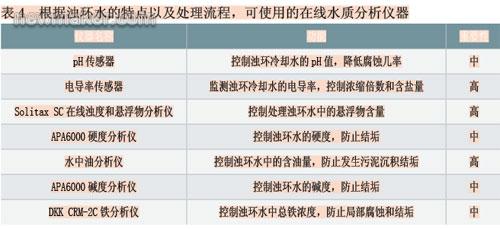
Treatment of circulating water in continuous casting workshop
In the continuous casting process, whether it is clean or turbid ring water monitoring is to avoid corrosion and scaling problems to the greatest extent. Therefore, in addition to the necessary monitoring of water quality, it is also necessary to put corrosion / scale inhibitors on the circulating water to adjust the water quality of the circulating water. The commonly used corrosion / scale inhibitors are mainly polyphosphorus products, so the phosphorus content in the water needs to be monitored to adjust the content of the corrosion / scale inhibitors in the circulating water.
The total assets of Jigang Group are 22.8 billion yuan. The main production processes include coking, sintering, iron making, steel making, and steel rolling. After continuous technological innovation and business transformation in recent years, among the leading companies in heavy plate production and export, many indicators such as product export ratio, medium and heavy plate output, cost, market share, export volume and other indicators rank the forefront of the country. The group also passed the international certification of quality, safety and environmental management, and took the lead in realizing the three system integration and marketing service system certification in the whole industry.
Jigang promotes clean production, safe production and development of circular economy. The purpose of the steel industry to develop a circular economy is to achieve sustainable development with minimal resource consumption and minimal environmental cost. The key to developing a circular economy is to do a good job of large, medium and small cycles of industrial materials and energy. According to the above three cyclic levels, the iron and steel industry can start to implement circular economy mainly from four aspects of improving the utilization efficiency of ferrite resources, energy recycling rate, water recycling rate and solid waste utilization rate. Among them, the water recycling in the iron and steel industry is to establish a multi-stage water recycling idea within the process, within the plant, and between plants, to increase the concentration ratio of the water cycle, to achieve the reduction of water consumption, and to reduce the amount of industrial wastewater discharged from the recycling system.
Using high-efficiency, safe and reliable advanced water treatment technology and technology, improving water recycling rate, and further reducing the new water consumption per ton of steel are the main measures to achieve water recycling in the steel industry. The advanced technology is used to effectively treat the sewage and other drainage in the circulating water system, so that the industrial waste water can be used as a resource and realize zero discharge of industrial waste water.
With the cooperation of American HACH Company, Jigang Power Plant has established a real-time water quality monitoring system, which provides scientific data for the production of water supply and improvement of the production process, and realizes centralized management and optimized scheduling within the system. The system uses water quality analysis instruments produced by HACH company, with domestic data collection unit and on-site operator station. The water quality online analysis instrument is installed before the circulating water is supplied to the user according to the water quality requirements and site conditions of the water treatment system, such as the use of solid suspended solids Solitax, hardness APA6000, conductivity E53, total phosphorus PhosPhax, alkalinity APA6000, pHP53, etc. The monitoring of key parameters plays a vital role in the process of iron and steel production water supply.
Application in the automatic control project of middle circulation water monitoring
The use of the APA6000 hardness / alkalinity on-line monitoring instrument for water quality in the clean water system of gas-fired power plants can monitor the actual condition of scale and corrosion of circulating water pipes to avoid blockages, leaks, and pipe explosion accidents. For the circulating cooling water system, the serious problem often encountered is fouling deposition. In the case where the water quality treatment does not meet the process requirements for a long time, it will cause corrosion of the pipeline and cause leakage. It may also cause blockage and cause difficulty in water delivery. Energy waste. Hardness and alkalinity are important parameters that reflect the scaling and corrosion of water. In the past, Jigang relied on manual sampling and monitoring, which could not reflect the water quality of circulating cooling water in time. When the monitored value changes significantly, the pipe The road has appeared scaling and corrosion, causing serious lag in the production process.
The use of Hach's hardness / alkalinity APA6000 tester in the system can complete real-time sampling of the instrument and accurately analyze the hardness and alkalinity changes in the clean water system. The measurement results are displayed in graphical trend curves and digital formats, built-in The SIO module inside the instrument can collect and store detailed historical data for 30 days. Through the APA6000 hardness and alkalinity meter, the water supply workshop can keep abreast of the changes in the circulating water quality of the clean water of the pipeline, and use this as a basis to control the addition of stabilizers, effectively ensuring the normal operation of the power plant of the gas power plant.
Realize the automatic control of the dosage of phosphorus-based corrosion and scale inhibitors
Like most of the circulating cooling water treatment processes in China, the clean circulating water of gas-fired power plants uses polyphosphorus-based corrosion / scale inhibitors to prevent pipe scale clogging and corrosion, because phosphorus-based corrosion / scale inhibitors also have Corrosion and scale inhibition and non-toxic economy. However, phosphorus-based corrosion and scale inhibitors are easily hydrolyzed. After hydrolysis, the corrosion and scale inhibition effects are reduced, and the pipeline may be corroded or blocked. However, after increasing the amount of drug, it is necessary to increase the amount of sewage to prevent the calcium phosphate scale generated by the orthophosphate generated by hydrolysis, which will also cause damage to the pipeline; on the other hand, the greater the dose, the higher the concentration rate, Pipeline corrosion will also increase, so it is very important to strictly control the phosphorus content in the circulating water.
After installing the total phosphorus PhosPhax analyzer of Hach Company on the clean water dosing system of the gas-fired power plant, it has fully realized the real-time monitoring of the total phosphorus content in the water, reflecting the concentration of phosphorus-based agents in the circulating water. According to the electromagnetic flowmeter The input amount is controlled by the output module of the PLC to control the amount of phosphorus-based corrosion and scale inhibitors in the regulating tank (controlling the quantitative dosing pump) to form a closed-loop control. On the one hand, the scale and corrosion of the pipeline are strictly controlled; on the other hand, the use of automatic monitoring and control saves a lot of manual testing time and labor, and it has completely changed the working mode of manual dosing based on experience in the past. While improving work efficiency, it also achieved the purpose of saving medicine and electricity, greatly reducing production costs.
Make the circulating water concentration ratio clear at a glance
The concentration ratio indicates the degree of concentration of the salt in the system, and its value is equal to the ratio of the salt content of the circulating water to the salt content of the supplementary water. It is often a kind of ions that are not volatile and precipitate, and are not added during the treatment process. , Such as the concentration of Cl-, SO42-, etc. to calculate. Increasing the concentration ratio of circulating cooling water can reduce the amount of supplementary water, thereby saving water resources, reducing the amount of sewage, reducing the pollution of the environment and the amount of wastewater treatment, while increasing the concentration ratio and saving the consumption of water treatment chemicals. However, too high concentration ratio will also increase the scaling tendency of water, thereby increasing the difficulty of scaling control. Therefore, controlling the reasonable concentration ratio according to the actual situation is of great significance to the entire circulating water treatment process.
Due to the difficulty of online measurement of Cl- and SO42- and the high cost, at the suggestion of Hach Company, Jigang Power Plant adopted the E53 conductivity analyzer to reflect the concentration ratio of circulating water by measuring the conductivity in water. Convenient and intuitive. So as to ensure that the user is well aware of the concentration of circulating cooling water, and can reasonably and timely replenish and drain.
summary
In the continuous casting process of the steelmaking workshop, circulating cooling water is very important. Clean ring water is mainly used in continuous casting crystallizers and equipment for indirect cooling water supply. This part of water is a closed cycle. Therefore, the water quality requirements are mainly anti-corrosion and anti-scaling. It is necessary to focus on monitoring its pH, conductivity, hardness, alkalinity, suspension Physical and other indicators. Turbid ring water is mainly used in casting embryo and spray water, and directly contacts with the steel embryo, which contains a lot of impurities such as iron scale and oil. Therefore, reducing turbidity and oil content is the key. To control the concentration multiple, it is necessary to focus on monitoring conductivity Parameters such as rate, suspended matter and oil in water. The water quality analysis instrument produced by HACH, together with the domestic data collection unit and the on-site operator station, online monitoring of important parameters in the water plays a vital role in the production water supply process.
PERFECT FOR MULTIPLE USES - you'll love using this gourmet scooper to create beautifully rounded balls of ice-cream, melon balls, sorbet, fruit, frozen yogurt, meatballs, sherbets, rice, popovers, canapes, mashed potatoes, gelatos, perfectly portioned cookies, mini cupcakes, pancakes, hamburger patties, muffins, and many more natural healthy meals, snacks and recipes! Also we will send you a bonus FREE recipe PDF to get you started.
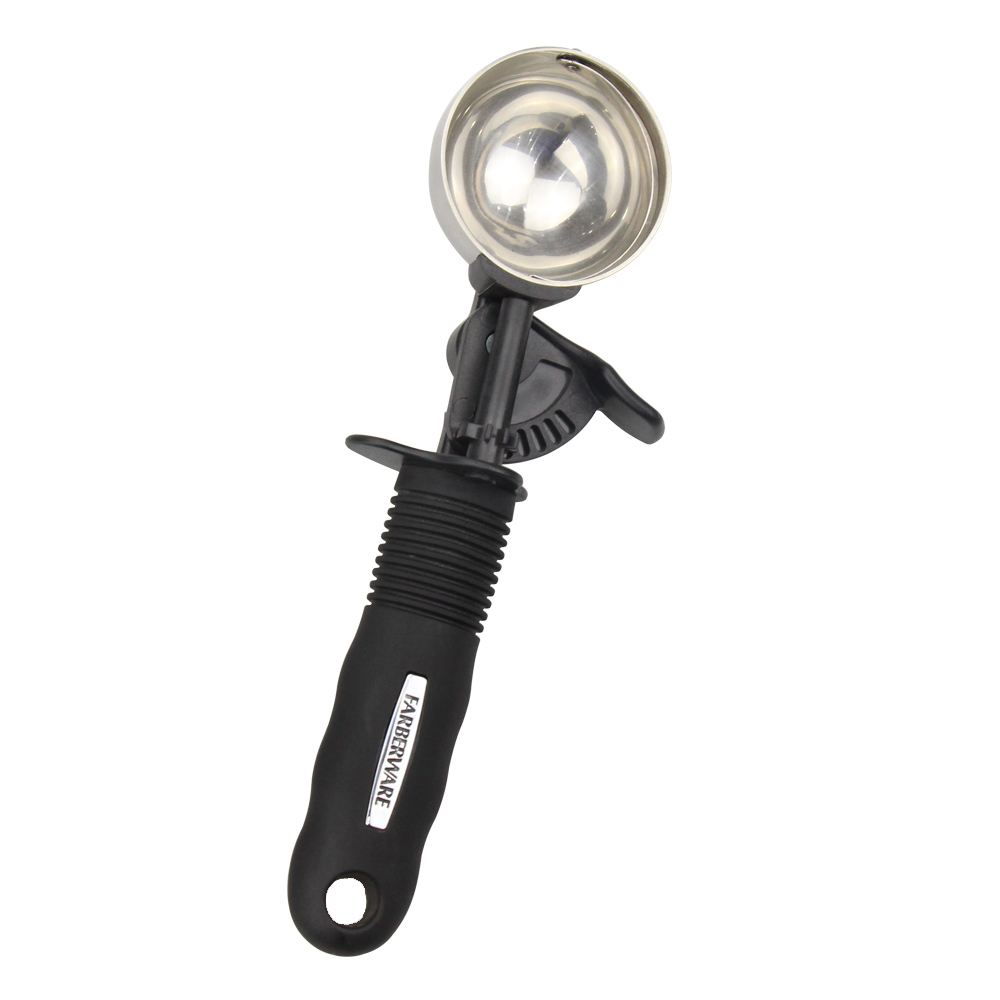
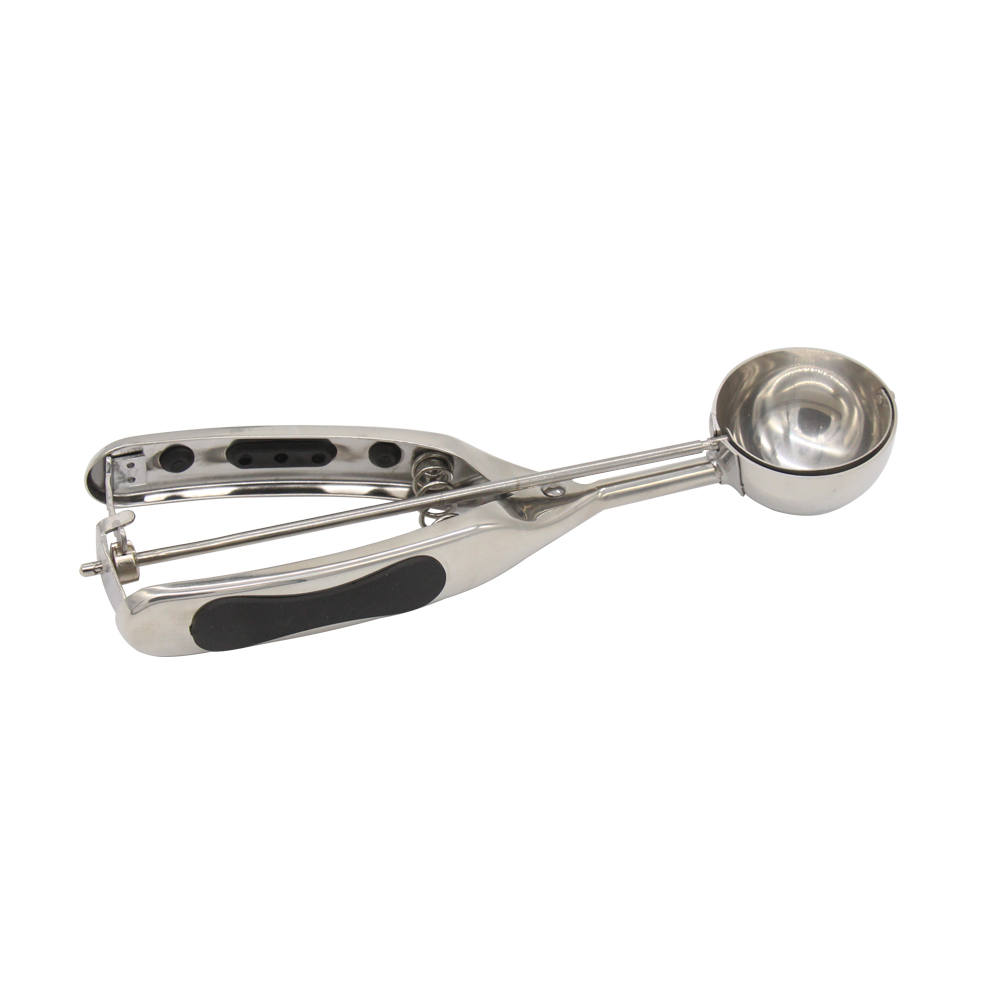
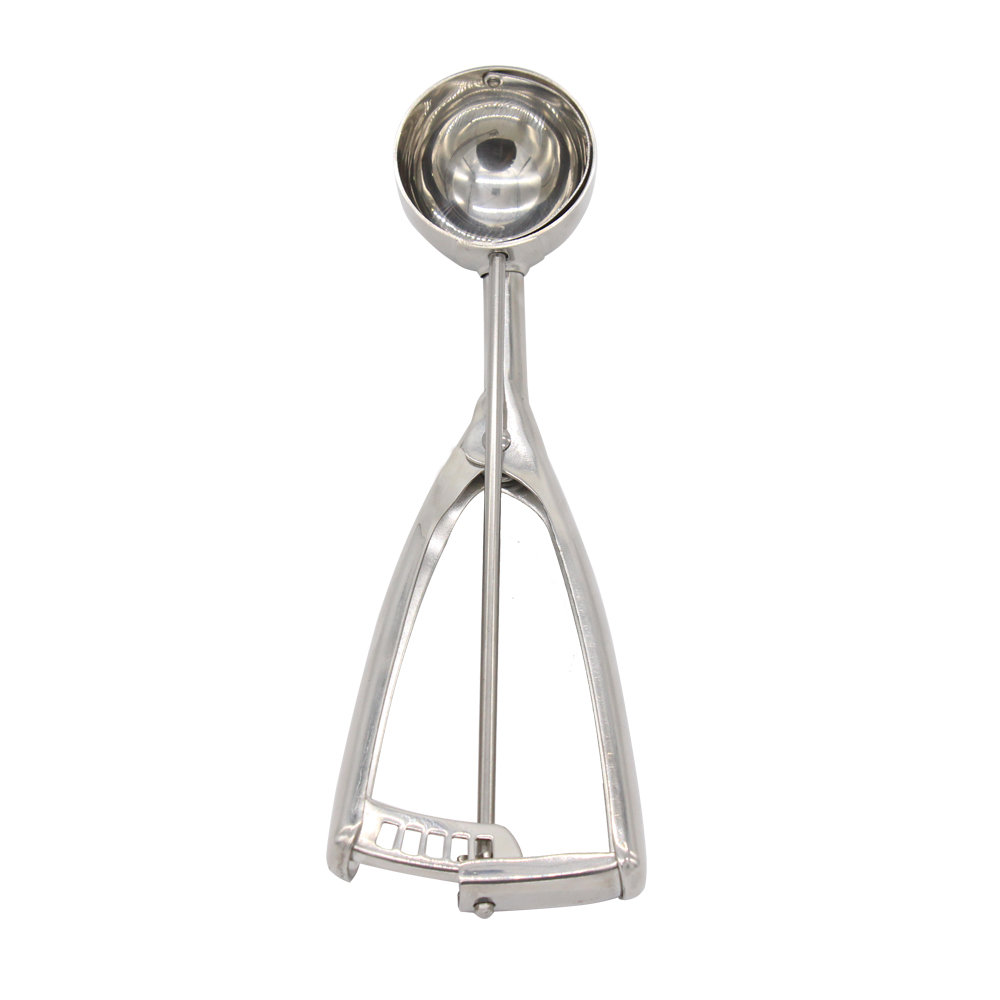
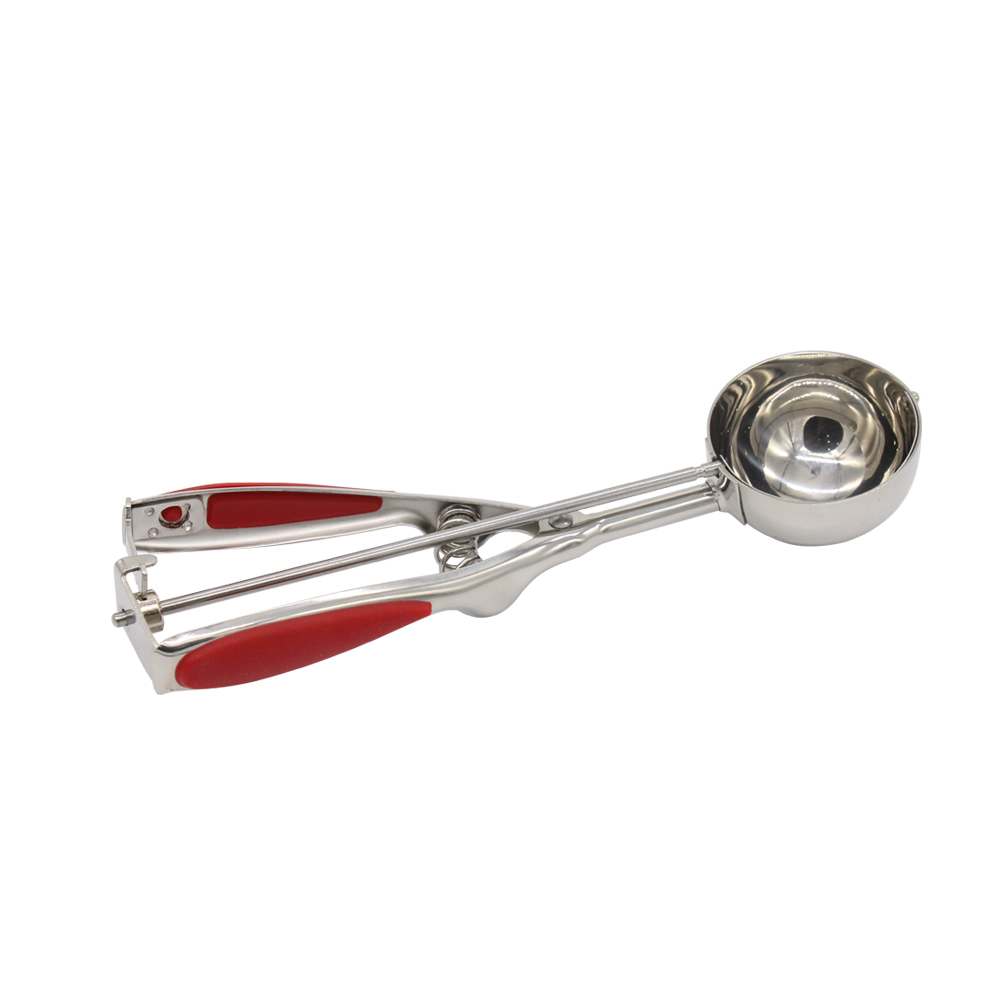

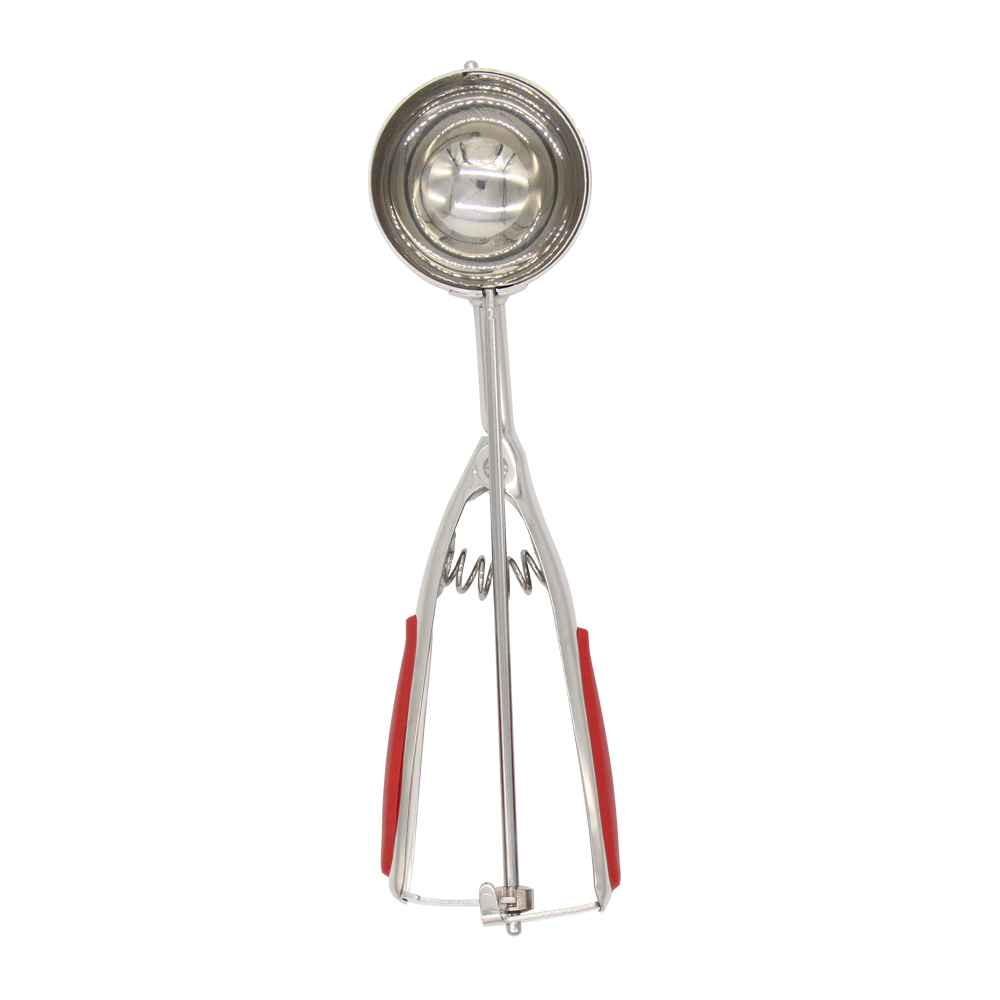
Ice Cream Scraper
YANGJIANG TOALLWIN TRADING CO., LTD , https://www.kitchenknife.de